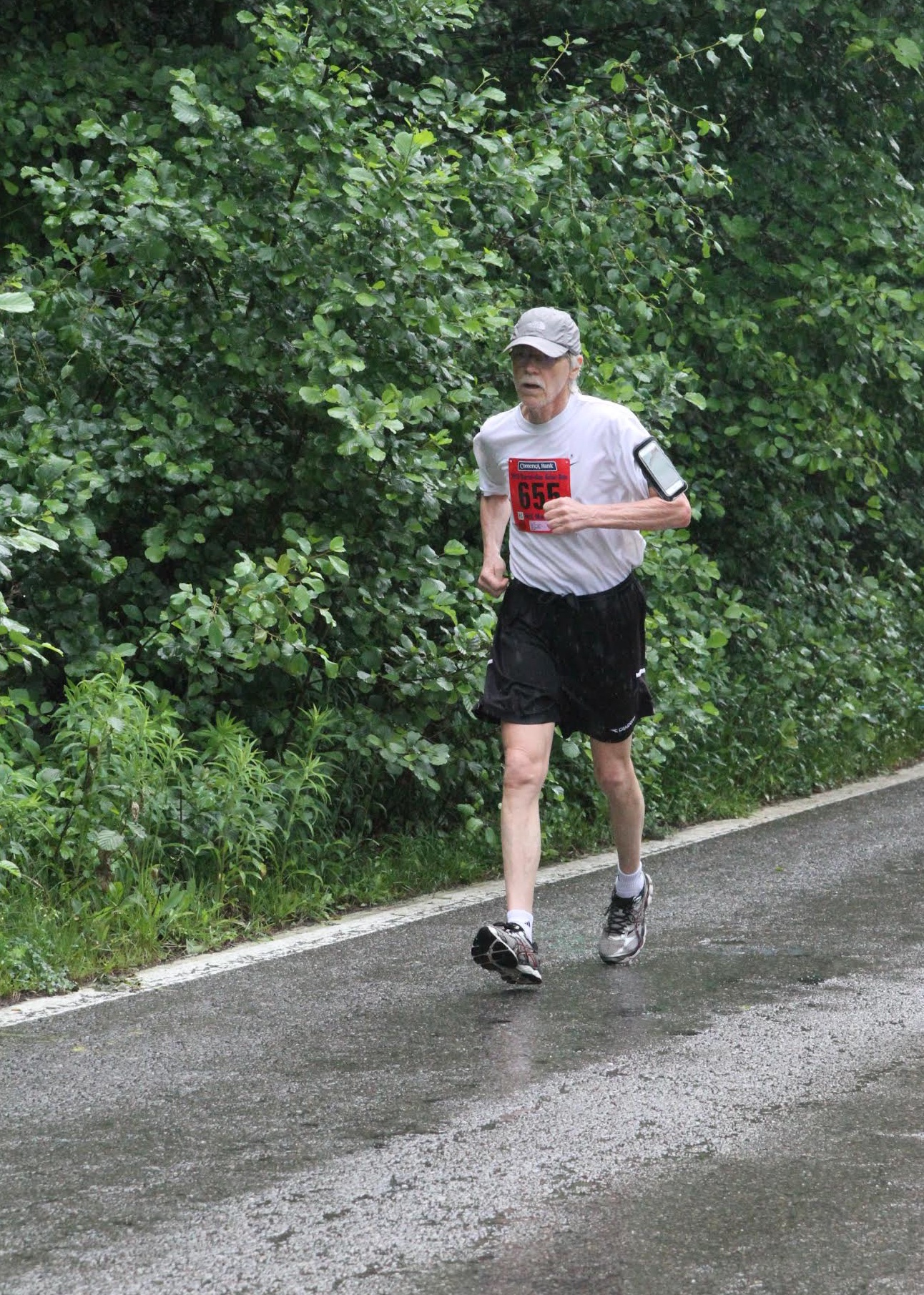
Dale knew the importance of adding flexibility into his routine and he’s never looked back.
We asked him to share what made Mobility Solution a core part of his routine! Here’s what he shared:
There were a couple of motivations about getting started with Mobility. Staying fit has always seemed to me to be a 3 legged stool: one is cardio, one is strength and one is flexibility. Of these, flexibility is often the most neglected, though it may be the most important–especially as we grow older. When I learned that the Mobility Solution was starting, I knew it was a great opportunity to add that tool in as well as an opportunity to learn more about how to work on mobility effectively.
Also for many of us our work environments tend to promote body positioning and posture that can result in discomfort and sometimes other problems. Being proactive in working on flexibility and body awareness can help prevent problems from developing.
This is a process…
…one that takes time and patience. As Katie points out, you should not go to Mobility with the same approach you go to Weight Loss Solution or go to Strength Solution to lift. This is not about pushing yourself to some limit of what you can do with the aim of breaking down muscles so they rebuild better. It’s about developing an awareness of your body position and learning what you body can do, and with patience you will see benefit in this activity.

I have been doing Mobility consistently for several months.
The work in this class has helped me to develop a greater awareness of posture and body positioning that has been a great help in dealing with some chronic arthritis based features.
I don’t know that I would characterize anything with this class as a struggle. This class will bring to your attention some of the limits of your flexibility and mobility. This can, I suppose, be a bit humbling. I think it can also be a bit hard for some people to transition from the pace and attitude of a Weight Loss class to the calmer, more measured pace of Mobility.
I run quite a lot and have for a long time.
Recently I have noticed that I am able to maintain a pace over fairly long distances quicker then I have been able to do for several years. This is not due to any particular change in training methods. What I have noticed is that the work in the Mobility class has increased the range of motion around my hips, which in turn has resulted in an easier and a bit longer stride. That results in a quicker pace that is also less effort, so all around it’s much better. While speed is no longer a focused goal of my running, it is remarkable to me that I am able to see this improvement and it is clear to me that it is a direct result of working on flexibility in the Mobility Solution class.

About the Author:
-

Michael Stack is the founder & CEO of Applied Fitness Solutions and Frontline Fitness Pros. He is a faculty lecturer for the University of Michigan’s School of Kinesiology. He is also the creator and the host of the Wellness Paradox Podcast, produced in conjunction with University of Michigan.
Michael is an exercise physiologist by training and a health entrepreneur, health educator, and fitness industry advocate by trade. He is dedicated to enhancing the standard of practice of, and advocating for, fitness and wellness professionals to ensure they become an essential constituent in the healthcare delivery system.
With a career spanning over three decades in fitness, health, and wellness Michael has a deep knowledge of exercise physiology, health/wellness coaching, lifestyle interventions to mitigate chronic disease and leadership. He is credentialed through the American College of Sports Medicine (ACSM) as an Exercise Physiologist (ACSM-EP), Exercise is Medicine practitioner (ASCM-EIM), and a Physical Activity in Public Health Specialist (ACSM-PAPHS). Michael is a National Strength & Conditioning Association (NSCA) Certified Strength & Conditioning Specialist (CSCS), and a CDC Diabetes Prevention Program (DPP) Lifestyle Coach.
Michael received his undergraduate degree from the University of Michigan’s School of Kinesiology in 2004 and is currently a Master’s of Public Health (MPH) candidate at University of Michigan, with a specific concentration in health behavior and health education.
Michael is a board of directors’ member for the Physical Activity Alliance and Michigan Fitness Clubs Association. He sits on the University of Michigan’s School of Kinesiology Alumni Board of Governors. Michael is an expert curriculum reviewer for the American College of Lifestyle Medicine. Finally, he is a member of the executive leadership team for American Heart Association’s Heart Walk.
Michael lectures nationally for several health/fitness certification and continuing educations, including; IHRSA, the Medical Fitness Association, the National Strength & Conditioning Association, and SCW Fitness.
